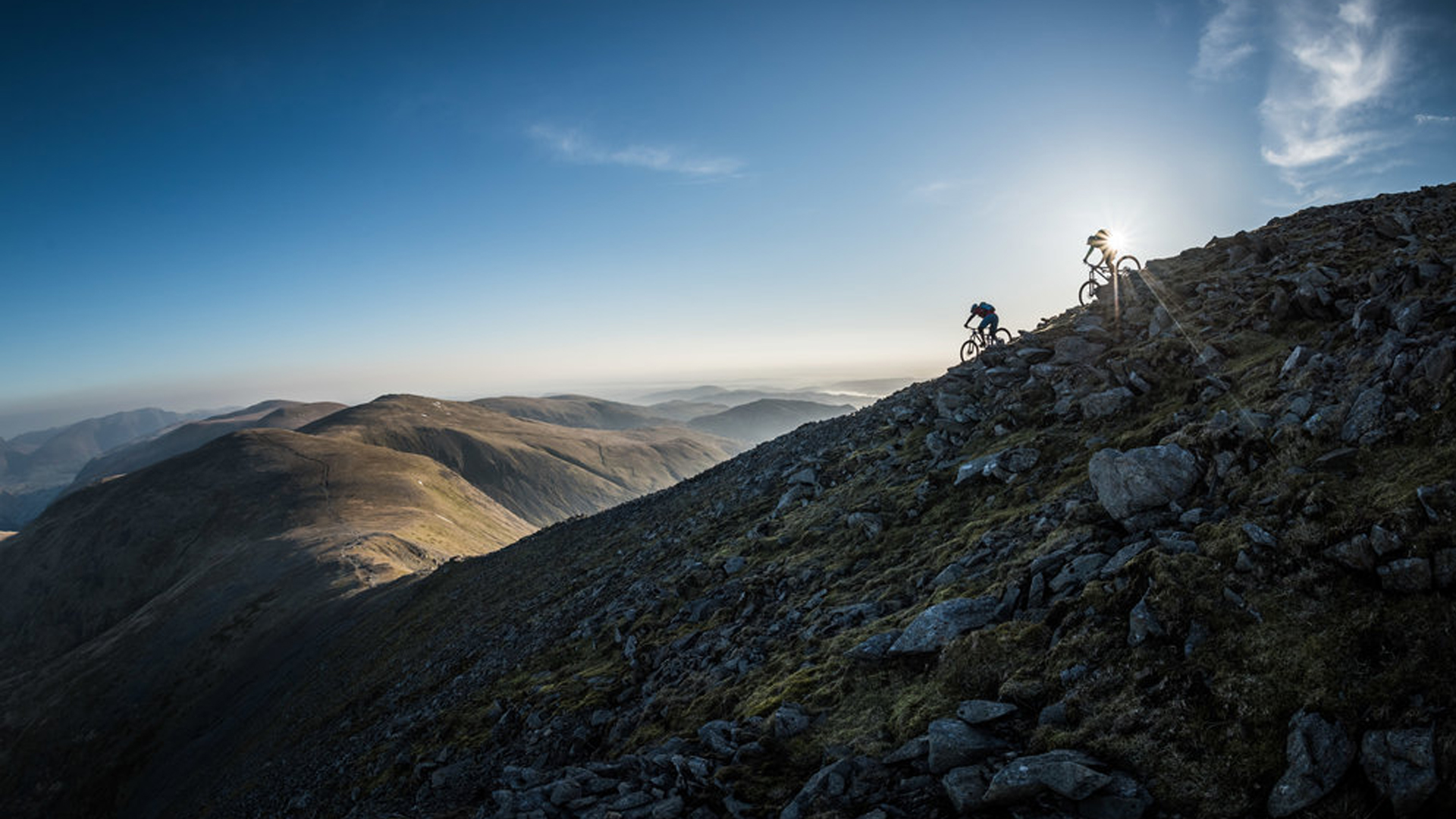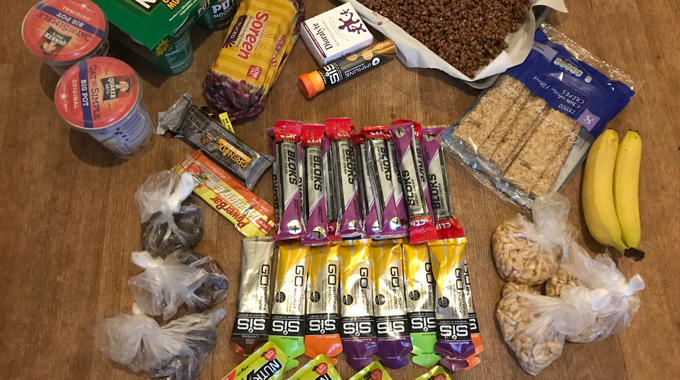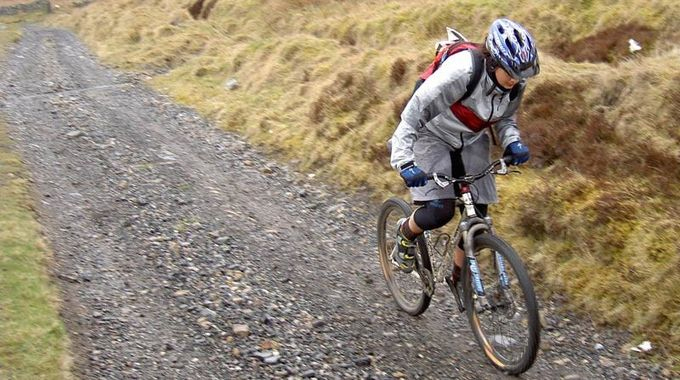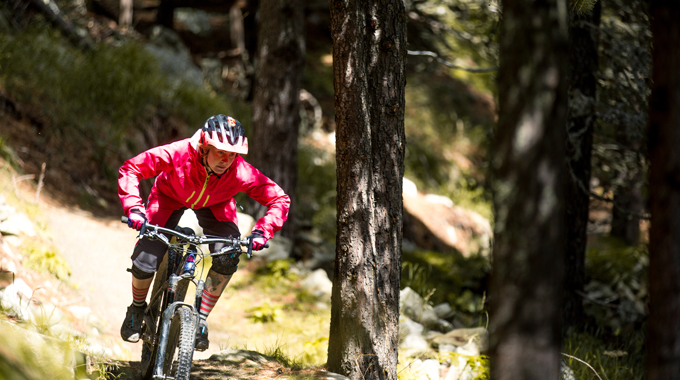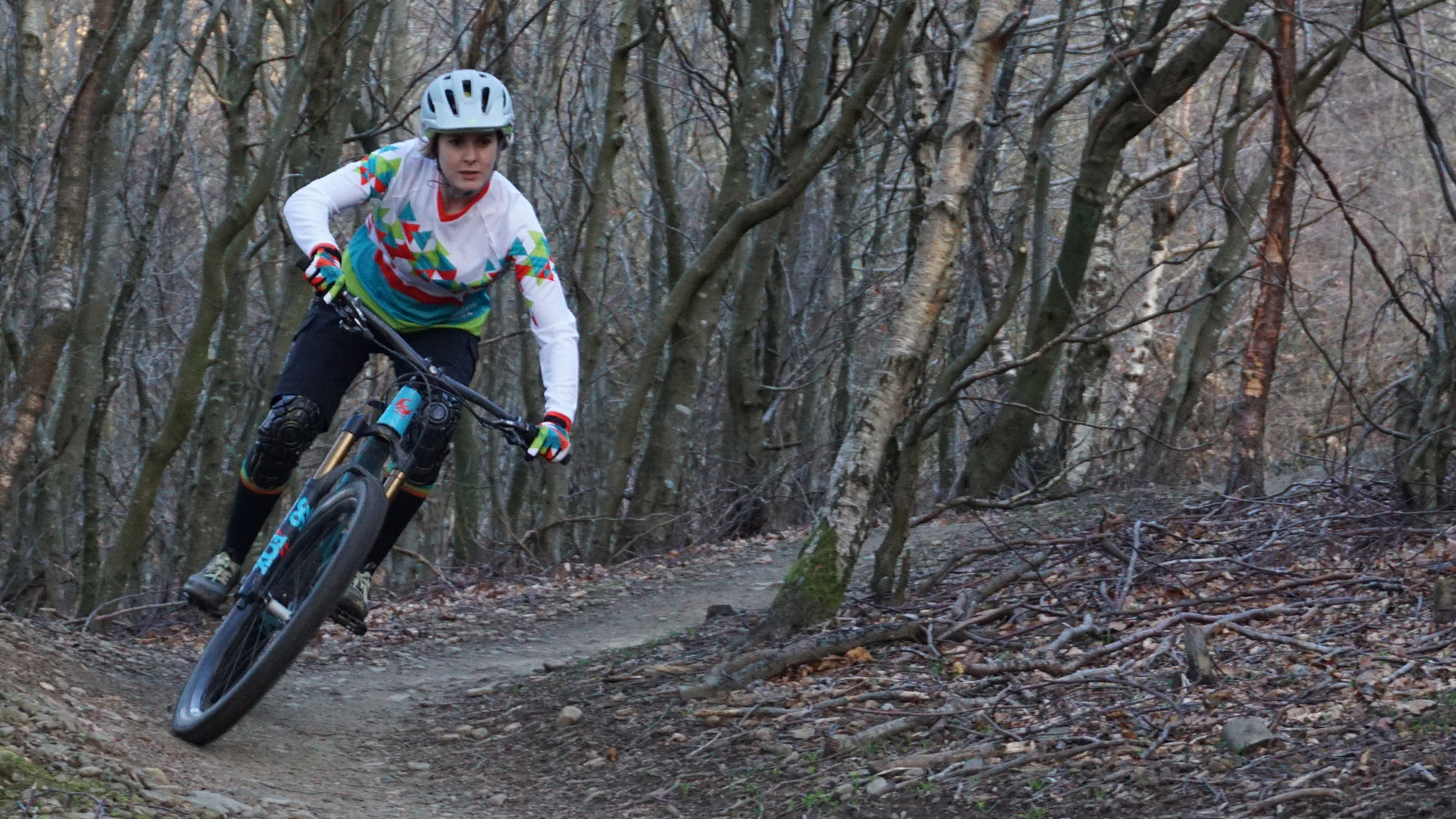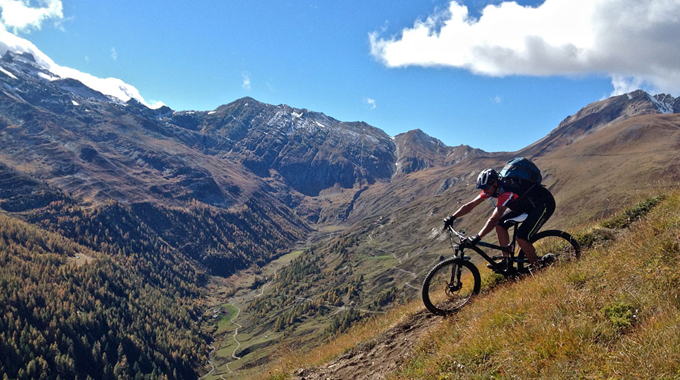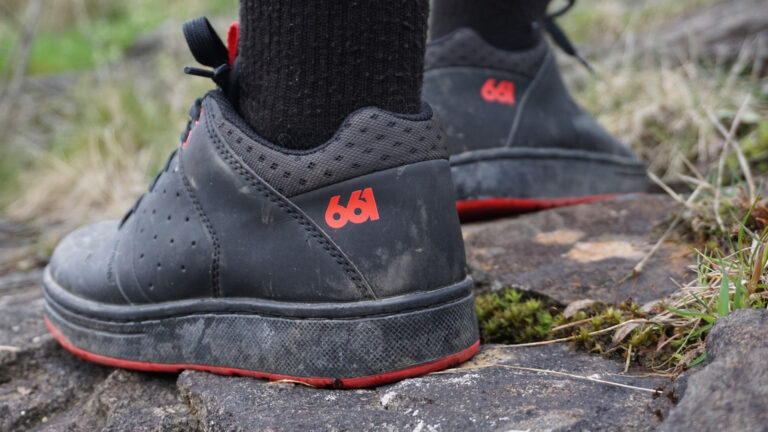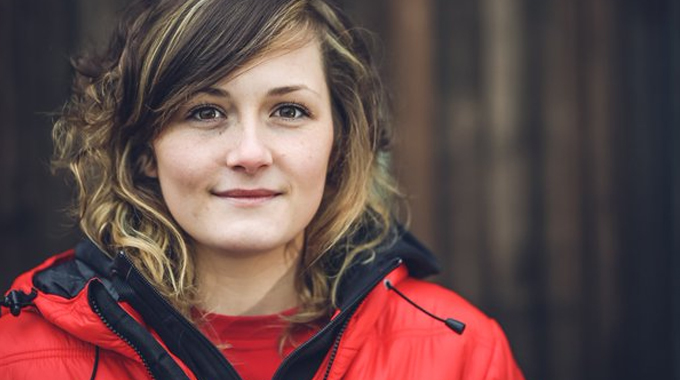If you’ve decided to finally get out training on your mountain bike, the first step is to understand the different ways in which you can train your body.
The key to great mountain biking is being relaxed and flexible on your bike – ready to move forwards, backwards and off the side. This is no commuter bike, where you just sit and spin, this is a machine dedicated to all mountain exploration and it needs a whole new approach.
Build up your Rides
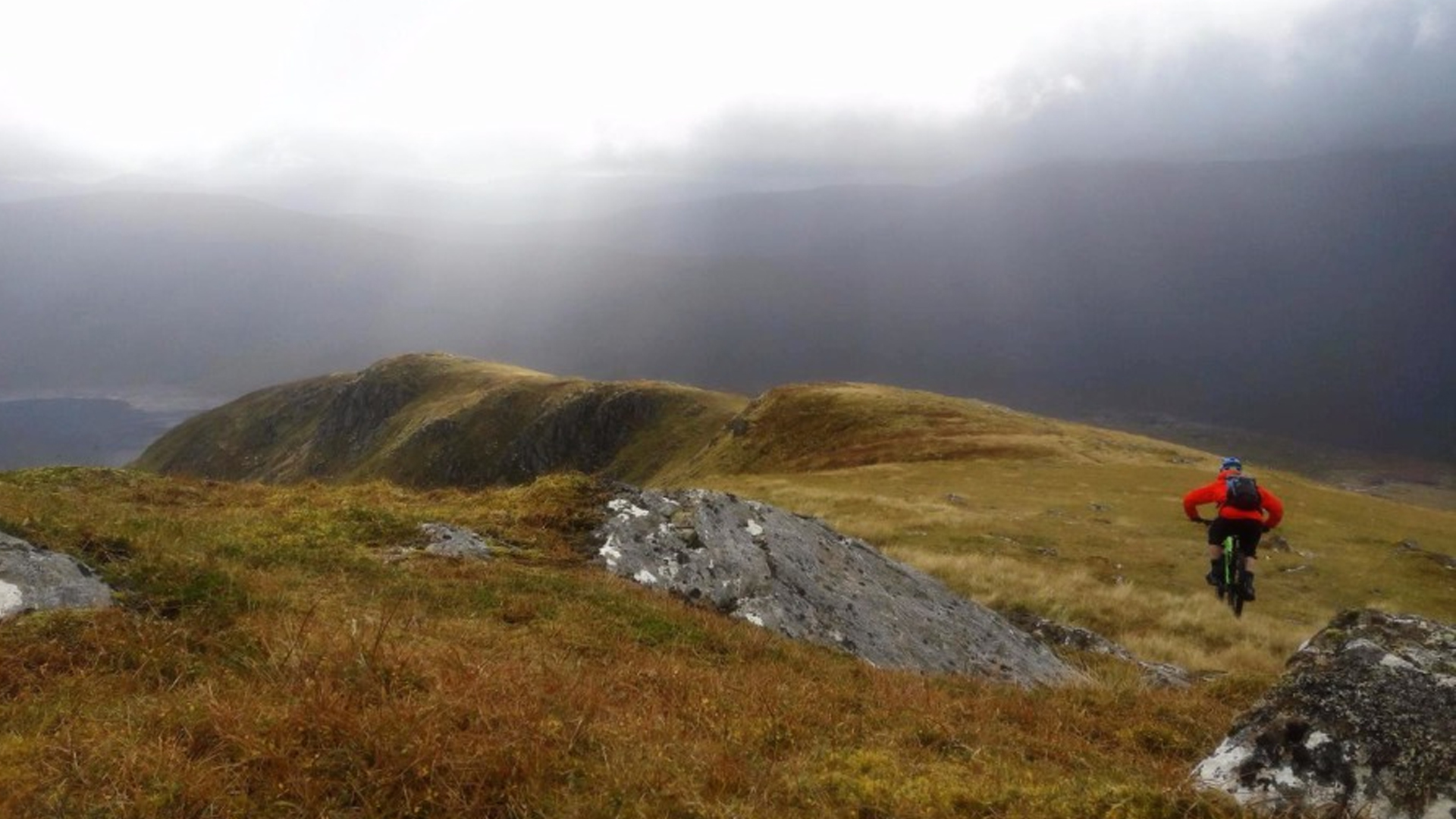
If you’re just starting out or are getting back into mountain biking you need to kick off with short rides – no more than 1 or 2 hours. The idea is to keep your legs spinning smoothly at about 70- 90 revolutions per minute, never pressing too hard on the pedals.
This ensures that your aerobic system gets a great workout but the muscles of your legs don’t get tired too quickly. As you get used to the bike you can combine off-road enjoyment with different types of workout. Longer riders at a steady pace will build your endurance and burn fat.
The TWC Where to Ride MTB Archive
Alternatively, shorter rides with some hard sprints followed by recovery periods (while you continue to cycle, just more gently) can really drive up your fitness. But it’s not just the aerobic system and legs that get toned up from mountain biking.
You use your arms, shoulders and core muscle groups to control the bike, power up hills and keep you stable on rocky or twisting descents. Just remember that all of these areas, as well as your legs, need a good stretch at the end of a ride.

